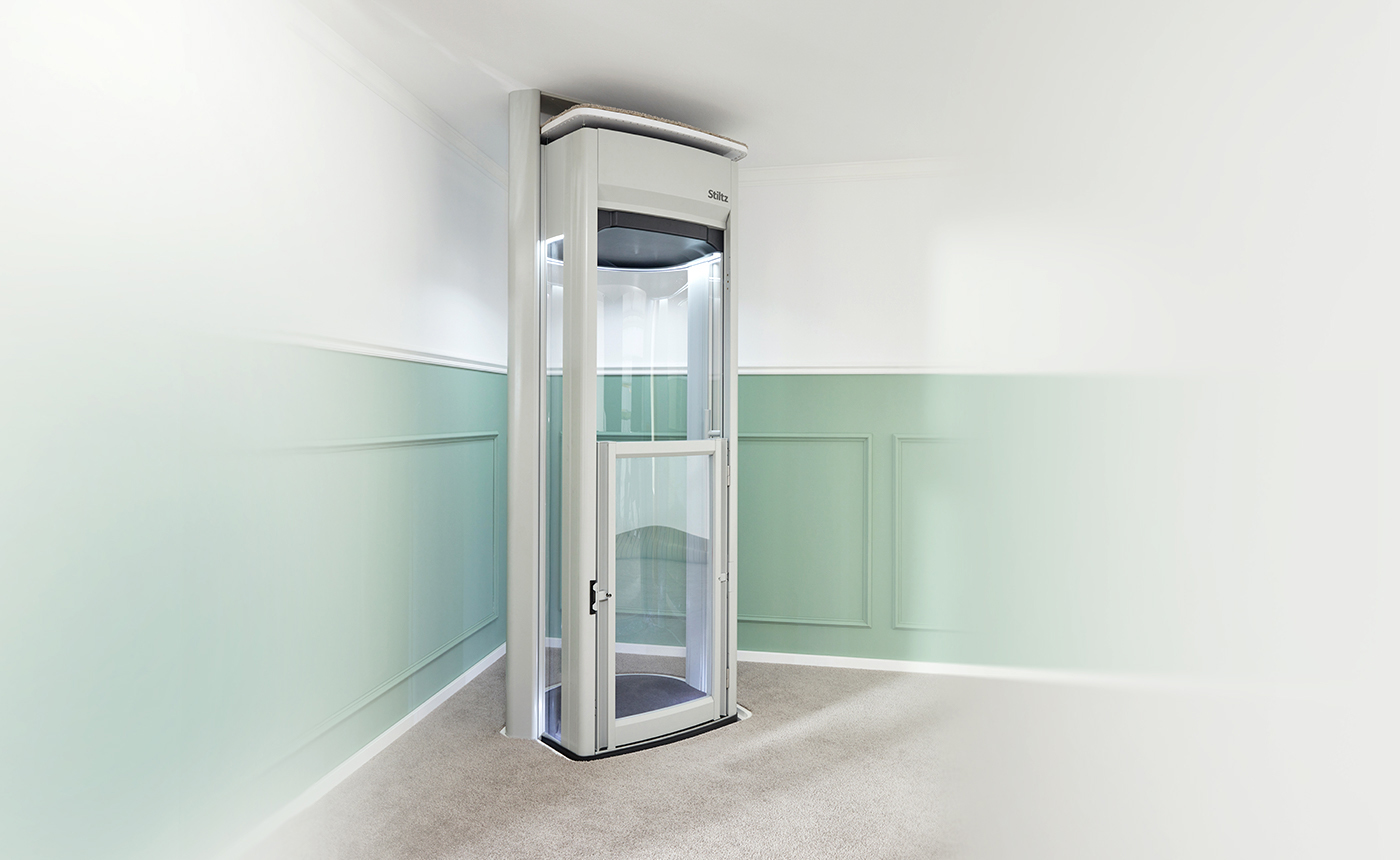Deciphering the Complexities of Lift Modern Technology: Troubleshooting Common Troubles Throughout Lift Designs
From slow-moving procedure problems to peculiar sounds emanating from the machinery, troubleshooting usual troubles across various lift models requires a keen eye for detail and an organized strategy. Remain tuned as we navigate via the maze of lift malfunctions, looking for options to the enigmatic issues that can disrupt the smooth performance of these vital devices.
Identifying Slow Procedure Issues

Next, check the electrical links to make certain that all parts are appropriately attached and working. Defective electrical wiring or loosened connections can lead to slow procedure or total malfunction of the lift system. Furthermore, it is important to examine the control system to figure out if the problem depends on the shows or sensing units.
If the visual inspection and electric checks do not expose the root reason of the slow procedure, additional diagnostic examinations may be necessary. These can include pressure examinations for hydraulic systems, voltage tests for electric elements, or running analysis software application for the control system. repair and maintenance services. By following an organized method to troubleshooting slow-moving operation concerns, you can effectively identify and settle the issue, making sure the lift operates securely and effectively
Resolving Unusual Sounds
To successfully repair lift modern technology for strange noises, an extensive examination of the lift components following the identification of slow operation issues is important. Unusual noises in lifts can be a sign of underlying problems that need timely interest to guarantee the security and dependability of the system.
Additionally, it is important to refer to the lift manufacturer's maintenance standards and look for help from certified technicians when managing intricate lift elements or unknown troubleshooting procedures. By promptly fixing and addressing unusual noises underlying concerns, lift operators can guarantee the optimum efficiency and safety of the lift system for passengers and drivers.
Managing Faulty Control Issues
A reliable technique for resolving malfunctioning control troubles in lift innovation entails conducting a thorough assessment of the control system's elements and functionality. When coming across issues with lift controls, it is critical to very first look for any type of loose links, harmed electrical wiring, or malfunctioning sensing units. Verifying that all control keypads, switches, and display screens are working appropriately is also essential in identifying the trouble properly.
If no visible issues are evident, professionals should proceed to examine the control board for any kind of indicators of water deterioration, getting too hot, or damages, as these can typically cause regulate breakdowns. In addition, resetting the control system or upgrading the software program might aid settle particular problems or pests creating the problem.

Taking On Hydraulic System Malfunctions
The effectiveness of hydraulic systems in lifts relies heavily on the appropriate performance of numerous parts within the system. When hydraulic systems breakdown in lifts, it can lead to operational disruptions and safety issues.
Another frequent hydraulic system Full Report malfunction is a loss of pressure, which can result from air entering the system, fluid contamination, or pump ineffectiveness. Service technicians can resolve this by bleeding the system to eliminate air, replacing polluted fluid, or servicing the pump as needed. Additionally, abnormalities check my source in hydraulic liquid degrees or uncommon sounds during lift operation may indicate underlying system malfunctions that call for prompt focus to avoid more damages. Routine maintenance and prompt troubleshooting of hydraulic system problems are vital to making certain the secure and effective operation of lift modern technology.
Handling Electric Element Failures
Resolving electrical component failings in lift technology demands a methodical approach to detecting and fixing issues to keep operational capability and security criteria. When coming across electrical troubles in lift systems, it is essential to initial carry out a thorough assessment of the electrical elements, consisting of control panels, circuitry, sensors, and circuit card. Any kind of indications of damages, deterioration, loose links, or burnt aspects need to be thoroughly kept in mind and addressed immediately to protect against additional issues.
When it comes to electrical part failures, it is vital to adhere to supplier guidelines for repairing and fixing treatments. This may include examining the components utilizing multimeters, oscilloscopes, or various other analysis devices to determine the exact source of the breakdown. In addition, having a comprehensive understanding of the lift's electrical schematics and electrical wiring representations can assist in recognizing and rectifying issues efficiently.
Routine maintenance and assessment routines can aid protect against electrical failures by discovering prospective problems beforehand. Correct training for lift technicians on electrical systems and components is also vital to ensure accurate diagnosis and effective resolution of electric troubles, inevitably adding to the total safety and security her latest blog and integrity of lift procedures.
Verdict
In verdict, fixing lift innovation needs a systematic approach to identify and resolve usual issues such as sluggish operation, strange noises, defective controls, hydraulic system malfunctions, and electrical part failings. By comprehending the complexities of lift technology and adhering to appropriate fixing steps, professionals can successfully solve issues and ensure the reliable and safe procedure of lifts across various versions.
To efficiently troubleshoot lift modern technology for unusual sounds, a detailed assessment of the lift components adhering to the identification of slow-moving procedure concerns is imperative. Weird noises in lifts can be a measure of underlying problems that call for prompt focus to guarantee the safety and security and dependability of the system.A reliable technique for resolving defective control troubles in lift innovation entails conducting a thorough evaluation of the control system's parts and functionality.The efficiency of hydraulic systems in lifts counts heavily on the appropriate performance of various elements within the system. repair and maintenance services. When encountering electrical issues in lift systems, it is crucial to very first carry out a thorough assessment of the electric components, including control panels, electrical wiring, sensing units, and circuit boards